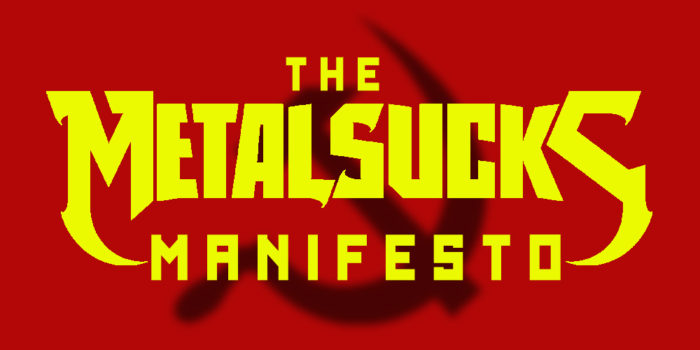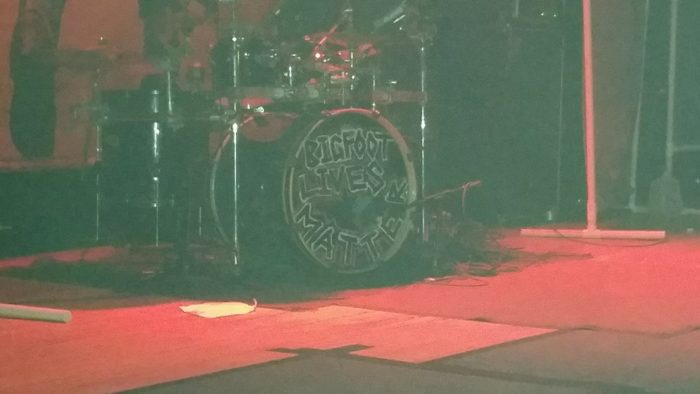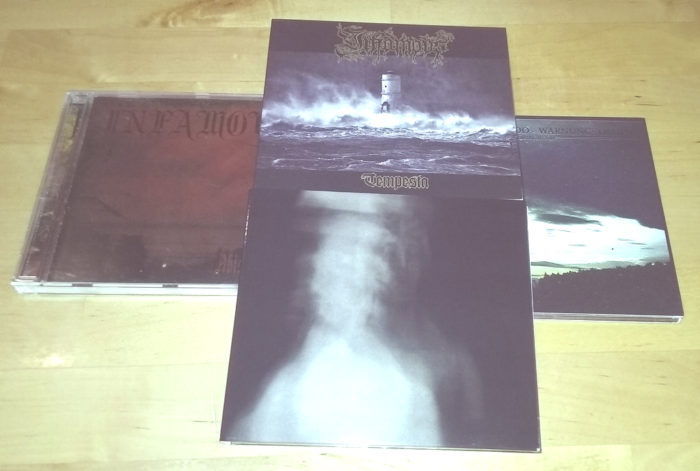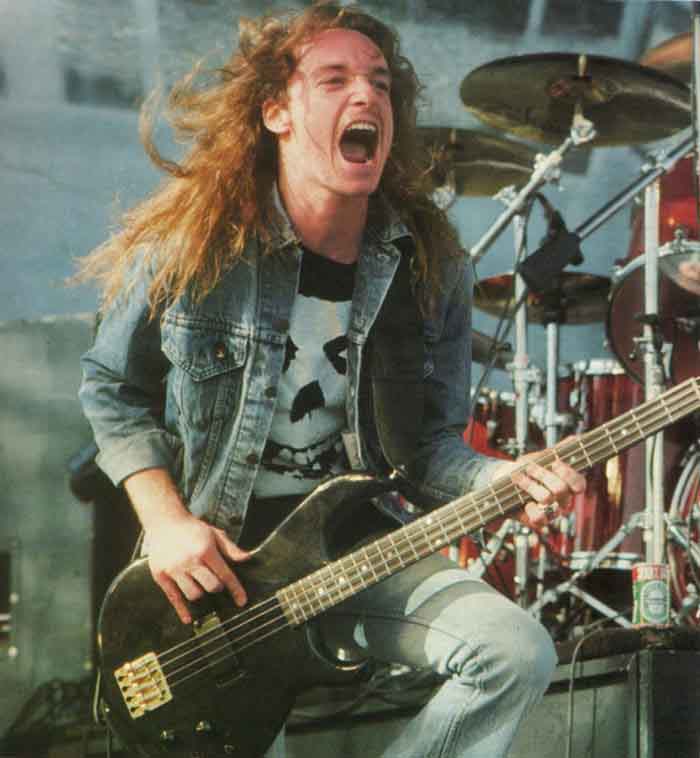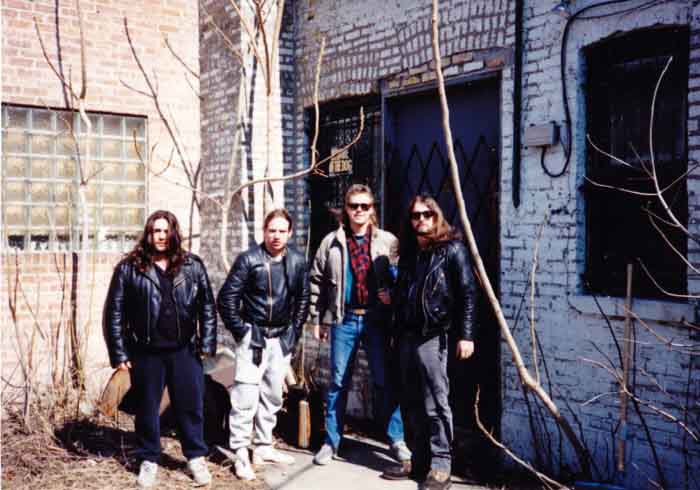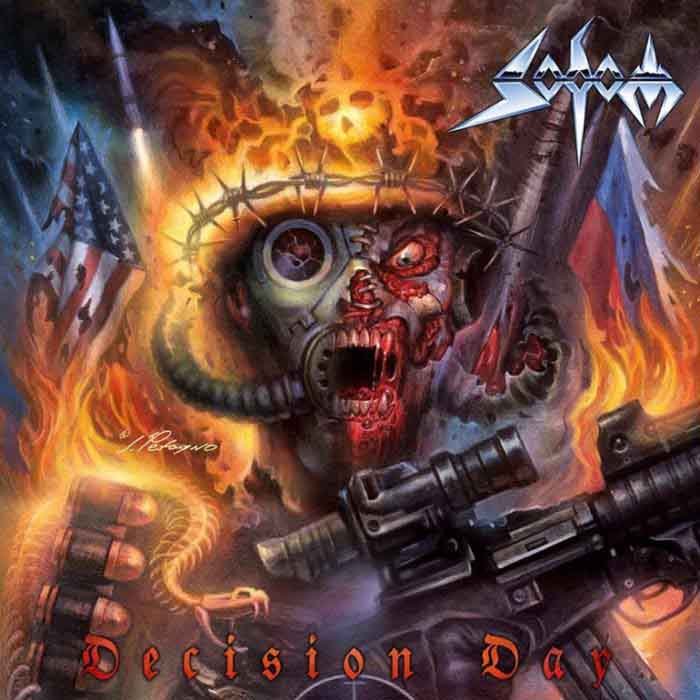
Article by Anton Rudrick.
Now that a thorough overview of Sodom’s career has been completed, and a short analysis from that overview has provided us with new insights, we can be more confident in our evaluation of their new album, Decision Day, in a way that allows us to tentatively explain the origin of its strengths and faults. This becomes especially useful with an album displaying averageness on all levels, showing no prominent ideas that distinguish it neither in the abstract nor the actualized, and furthermore, certainly not being more than the sum of its parts. The situation is one in which all that remains are the references that these streamlined and pre-fabricated pieces meant in their original contexts, and how this commercial product attempts to play on them for maximizing revenue.
Sodom has earned a solid reputation among the metal crowd through the years. Most fans of the metal underground will probably have heard about Sodom, or that of Tom Angelripper, and will express respect at the mere mention of either name. Their newest album displays traits which one would associate with their own brand of speed metal (a.k.a. thrash metal, incorrectly dubbed), but these seem filtered through mannerisms borrowed from styles acquired over the last two decades and a half while Tom Angelripper explored the mainstream side of metal. Decision Day is catchy, and every step and turn is a hook optimized for comprehensibility and mass consumption.
(more…)
18 CommentsTags: 2016, decision day, German Speed Metal, hard rock, mainstream metal, pop metal, review, sodom, Speed Metal
